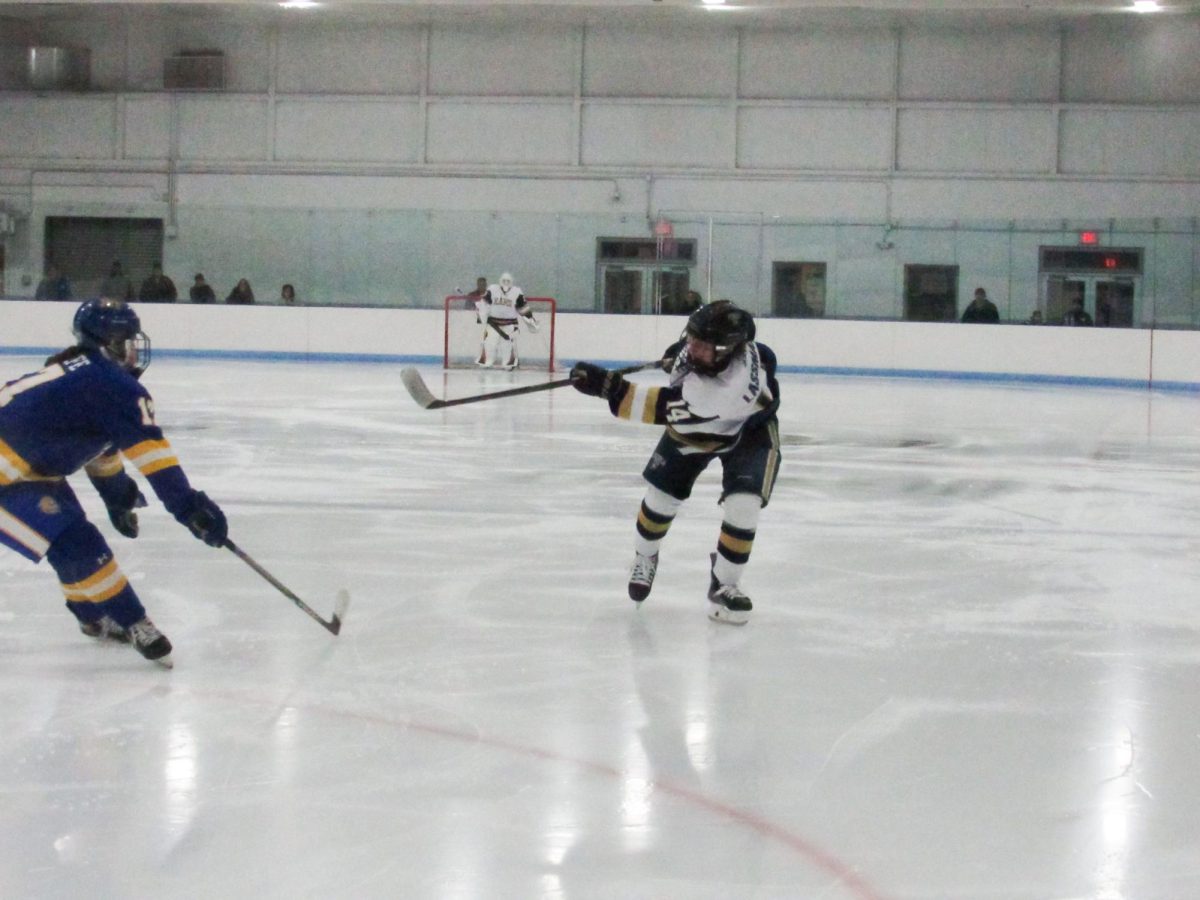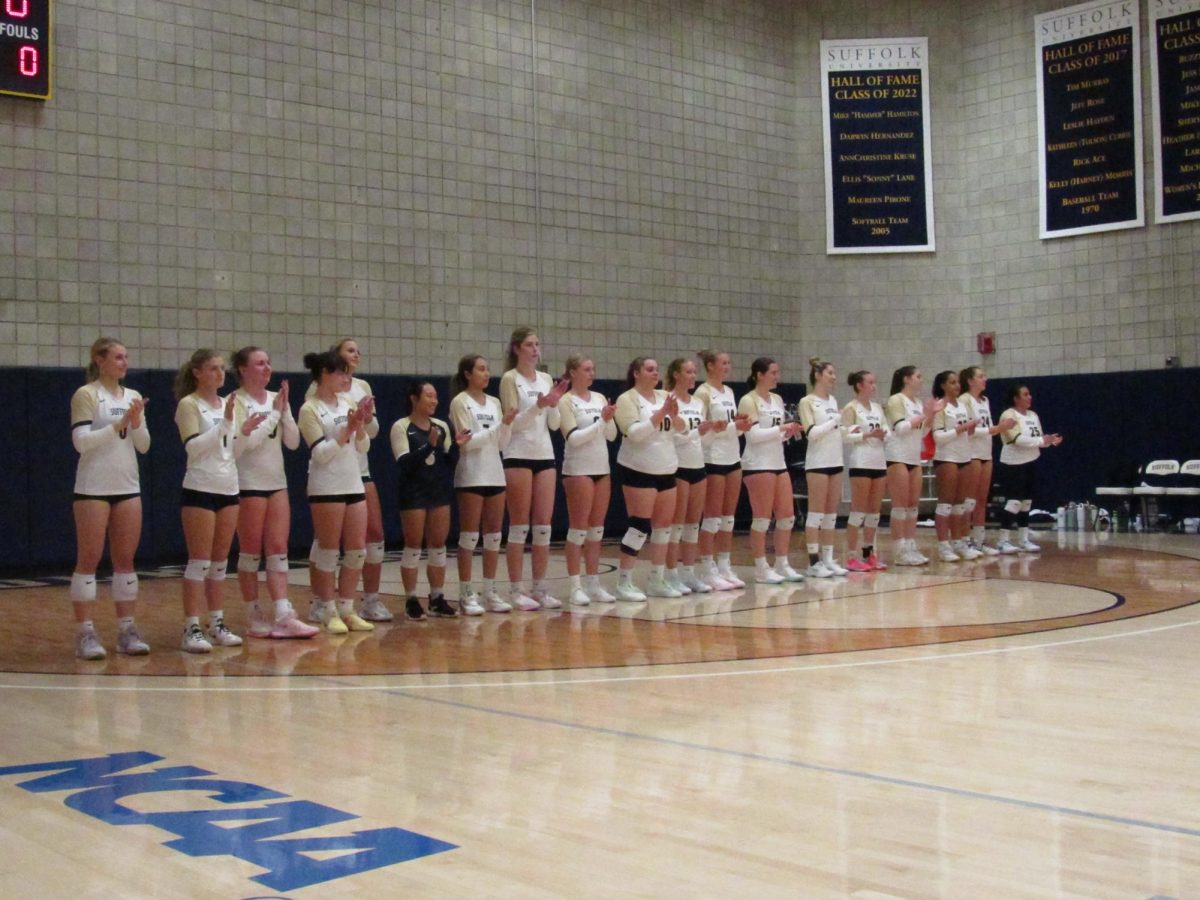This Tuesday, the NHL proposed a team re-alignment plan to the NHL Players Association. The move does not come as a surprise, seeing as the Winnipeg Jets (formerly the Atlanta Thrashers) still reside in the Southeast Division from their days in Atlanta. Instead of a simple shuffling of teams, the league has gone all-out, putting forward a proposal that would restructure the entire league and playoff structure. The plan makes almost no sense, and is a completely un necessary means to a simple end.
The current NHL structure is a 30-team league divided into two 15-team conferences, East and West. Each division has four or five teams. When the Atlanta Thrashers moved to Winnipeg for the start of last season, it was agreed that the team would stay in the Southeast Division for another two to three seasons to give the league time to come up with a realignment plan.
If the NHL wanted to take the logical path to solve this problem, they would simply slot the Jets into the Central Division, and take either the Columbus Blue Jackets or Nashville Predators and move them to the Southeast Division. But the NHL is notorious for making things as complicated as it possibly can, and this new plan is simply the latest reflection of that.
The new plan calls for the same two-conference system. However, each conference will now have two big divisions (the Central and the Atlantic in the East; the Pacific and Midwest in the West) instead of three smaller ones. The divisions are horribly drawn up, with flaws like Boston being in a division with Detroit and the two Florida teams (Florida Panthers, Tampa Bay Lightning.) The new divisions were meant to cut down on travel for the teams, but it seems like in most cases they are simply making more travel for the teams.
Another problem with the new structure is that the conferences are now uneven. If the plan passes, there will be 14 teams in West, and 16 in the East. This doesn’t seem like a huge problem until one looks at the new playoff structure that comes with this plan.
In the new plan, the top three teams from each division make the playoffs. The two remaining playoff spots in each Conference will be designated as “wild card” spots. The uneven division of the Conferences could make it easier for teams in the West to grab those wild card spots.
From there, the playoff structure is just downright confusing. The first playoff round is intended to be divisional; the higher ranked No. 1 seed (the one that gets more points in the regular season) would face off against the lowest-ranked wild card (the one that gets the least points in the regular season), while the No. 2 and 3 seed from each division would face off against each other.
Winners of the first round face off in the Division championship. The winners of each division face off in the Conference championship, and the winners of the Conference championship advance to the Stanley Cup Finals.
This playoff structure is deeply flawed. For one thing, it probably takes the casual fan about ten minutes of staring in confusion before they get an idea of what is going on in this plan. The biggest flaw is that there is a limited selection of which teams can face off in the Conference Finals. Since teams in the same division would no longer be able to face off in the Conference Finals, the rival factor is completely erased. For example, there would no longer be a possibility for a Bruins-Canadiens, Rangers-Devils, or Penguins-Flyers Eastern Conference Final. And that was just three examples of some great Conferences Finals fans could miss out on.
The new plan is deeply flawed, but the good news is that NHLPA needs to ratify it for it to become official. If recent history is any indication, the NHL and the NHLPA do not agree on much of anything, and hopefully the PA will keep the league in check.















